Turks and Caicos Explorer 2015: Nudibranchs
ktuli — Mon, 12/21/2015 - 18:11
What would a dive trip be without at least a couple nudibranch shots. Sadly, we didn't get a ton of nudis this trip, but we did get some.
This first of the week came in the form of two insanely tiny nudibranchs that were hidden at the base of what was either a small two-leafed plant or algae. I honestly don't even know how our dive guide, Andi, found them, but he made a point to show them to me since he knew I wanted to find some nudibranchs. Because of their location and the fact that they were hiding between those leaves, the photographs were very difficult to get, but I managed to get a couple that I could at least identify that they were indeed nudibranchs... (honestly, in the water, it was pretty hard to even tell what I was looking at!). I believe these are Ercolania coerulea, but because they are so tiny (probably about 1/4"), my ID may be off.
Technical Data: Canon EOS 7D, Canon EF 100mm f/2.8L Macro IS USM, 1/200th sec at f/16. Image Stabilization on. ISO 400. Ikelite Housing and Port and Ikelite 161 Strobe in TTL Mode. Raw conversion in Photoshop CS5.
The next species of nudibranchs I believe are Berolina Aglaja (Chelidonura berolina). We've seen these little guys before and they are indeed tiny - also in the 1/4" range. They are always found out on the open sand, and from any kind of distance, they look just like black spots on the sand. It isn't until you get close that you notice some shape to them and that they are moving... The last one here, I'm not 100% is the same species, but I'm not sure what else it might be, so...
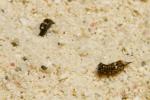 |
 |
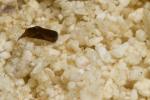 |
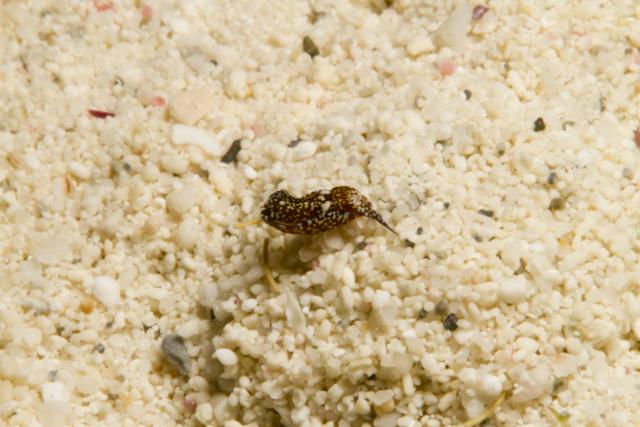 |
||
Then we saw a Trapania dalva - another small (about 1/2" this time) nudibranch we've seen on multiple trips in the past.
Technical Data: Canon EOS 7D, Canon EF 100mm f/2.8L Macro IS USM, 1/200th sec at f/16. Image Stabilization on. ISO 400. Ikelite Housing and Port and Ikelite 161 Strobe in TTL Mode. Raw conversion and cropped in Photoshop CS5.
Finally, on our last night dive, Anya found a sponge with about 8 or 10 (I should have made a point to count exactly how many there were) Longhorn Nudibranchs (Austraeolis catina). These guys are a bit bigger at about 1" in length. I spent about five minutes taking photos of these guys (though I should have taken a bit longer because some of the shots could have been better).
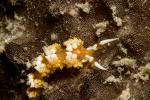 |
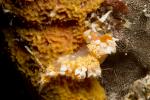 |
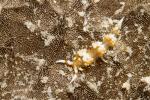 |
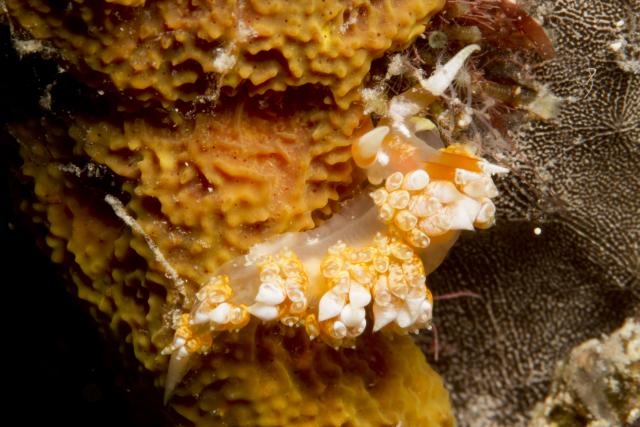 |
||
I'm still really looking forward to another Indo-Pacific dive trip so that we can see many more species of nudibranchs, and during the day so I can hopefully get some true gems of photos to come back with. Till now, any nudibranchs we get to see in Caribbean waters are always a treat because of their general rarity.
- Bill

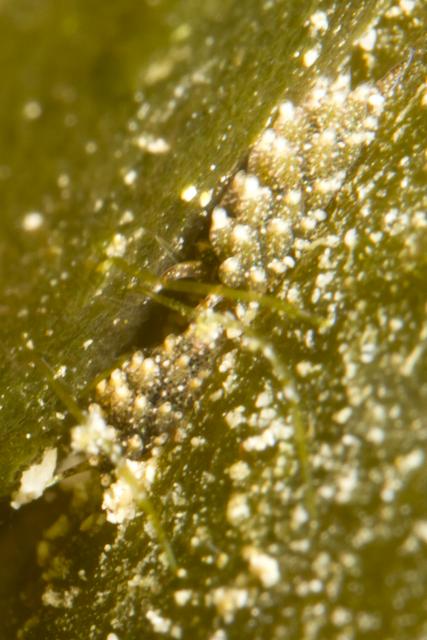

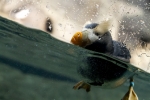
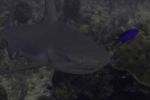
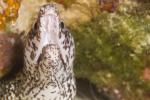
Post new comment